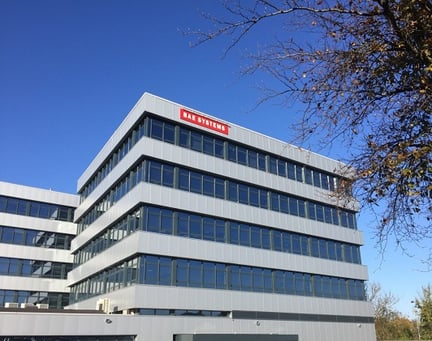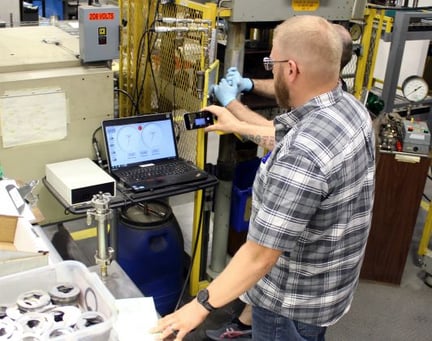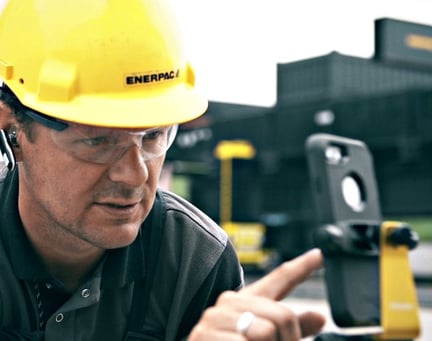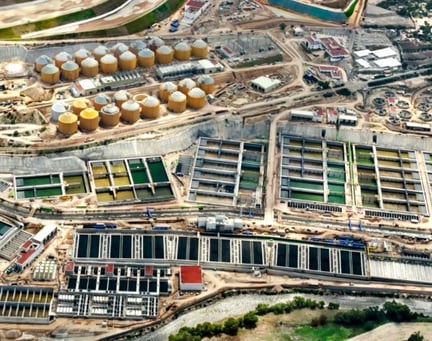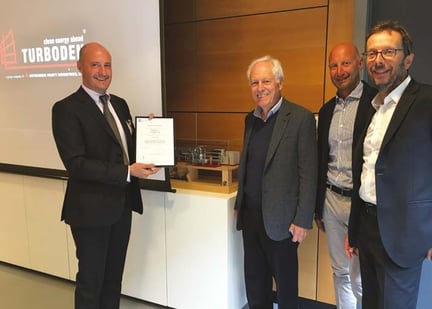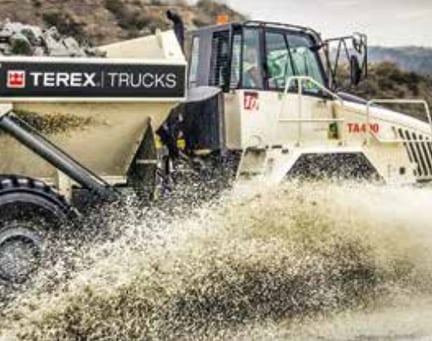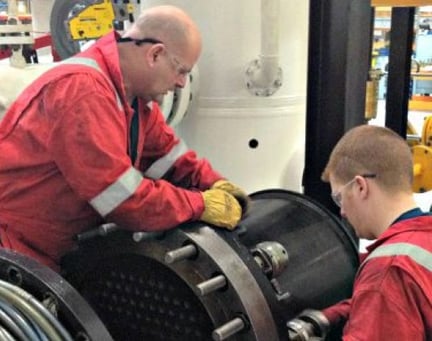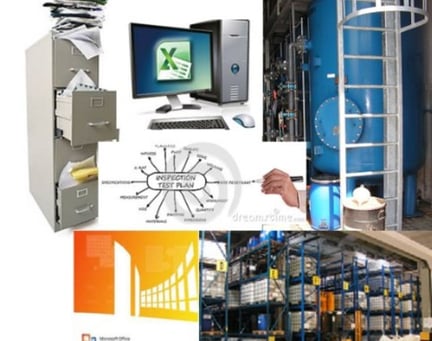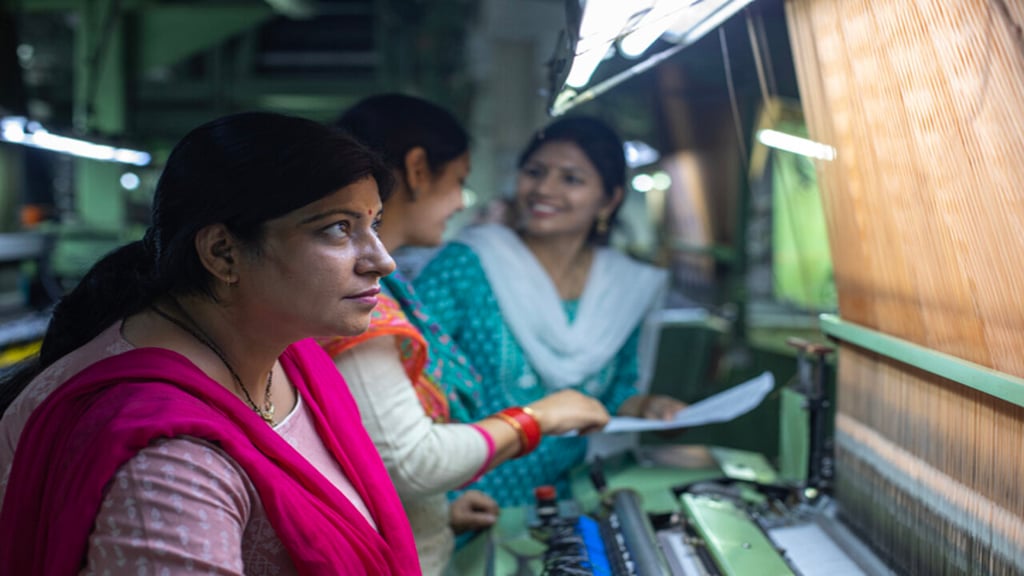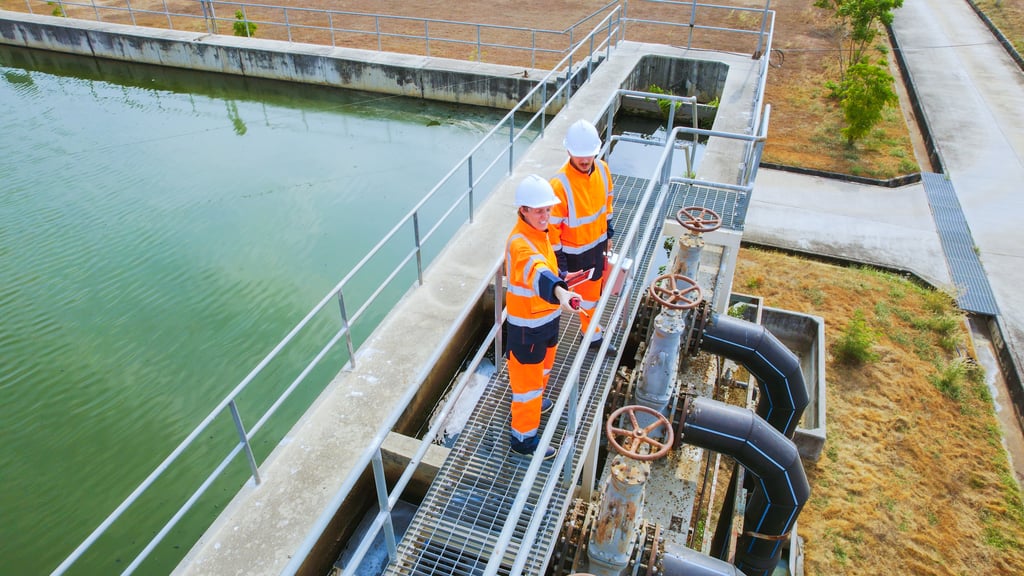Five years after it was issued, Europe's prevailing standard for qualifying welders for steels has now been 'harmonised" with the Pressure Equipment Directive (2014/68/EU).
Five years after it was issued, Europe's prevailing standard for qualifying welders for steels has now been 'harmonised" with the Pressure Equipment Directive (2014/68/EU). The news comes much to the relief of many fabricators and manufacturers, but what does it really mean? And why did it take five years?
First: A definition of "harmonisation"
Harmonisation happens when the European Commission makes a request to a recognised European Standards Organisation (CEN, CENELEC or ETSI) to develop a European standards that provides solutions for compliance with a legal provision such as an EU Directive. This request provides guidelines which the standards must respect to meet the essential requirements or other provisions of the relevant European Union harmonisation legislation.
The issue comes when a European standard in those annexes is updated or changed. The standard then needs to be published in the Official Journal of the European Union. That requires the review and agreement of the European Committee for Standardisation (CEN), which can take some time.
In the case of EN ISO 9606:1, five years.
Another complication...
Welder and weld procedure qualification standards are supporting standards. Therefore, they're only valid if they're referenced in a Code of Construction being used.
For example, if you're building a pressure vessel to EN 13445 and it contains a dated reference to EN 287-1:2011, you should only use EN 287 because it is referenced, regardless that EN ISO 9606 is the new version.
Working in harmony
One of the benefits of 9606's adoption in the Journal is harmony of another kind - harmony for the users of the standard. This removes confusion between manufacturers, Notified Bodies, standards committees and purchasers as to which standard welder qualification should be used.
Another benefit: Manufacturers only need to have one system in place for new welder qualifications. Existing EN 287-1 qualifications can also be migrated to the new standard.
Key differences: EN 287-1 and EN ISO 9606-1
| EN 287-1 | EN ISO 9606-1 |
| Qualifies material groups | Bases qualification on filler material groups |
| Bases qualification on parent material thickness | Bases qualification on weld metal deposited thickness |
| A single method of re-validation of qualifications | Three options for re-validation (only two are permitted for PED categories II, III & IV) |
| More closely aligned to ASME IX, which now has a non-mandatory Appendix L to address dual qualification |
What else we're watching
Certainly this isn't the only outstanding issue in this area. EN ISO 15614-1:2017 has been issued to replace the 2012 version as we discuss here. It is also now based on two levels - level 1 based on ASME Section IX and level 2 is a revised version of the 2012 version. But, the 2017 code is not yet harmonised, and the proposal is only to harmonise level 2.
There is also a move to more closely align ISO and ASME standards. Currently ISO welder qualification is in five parts to cover all materials, as well as a separate part to cover welding operators, while all of this is covered in ASME Section IX. Work is in progress with ISO to combine ISO 9606-1 for steels and four for nickel alloys as a move toward a better alignment with Section IX.
LRQA is a Notified Body for the PED and can help you comply with the requirements of the PED or any other welding activity. If you have any questions about ISO EN 9606-1, or need more information about transitioning existing EN 287-1 qualifications to the new standard, contact us here.
Welding Certification Guide
Welding certification is critical if you're going to produce safety-critical assets that meet regulatory codes and standards. But what are the routes to certification? Find out in this free download from LRQA.
Welding Certification Guide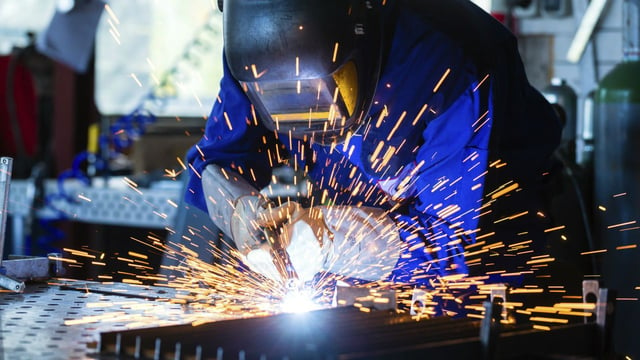
Metals and fabrication services
EN 10204 Type 3.2
Welding procedure qualification
Welder and welding operator qualification services
ISO 3834 certification

